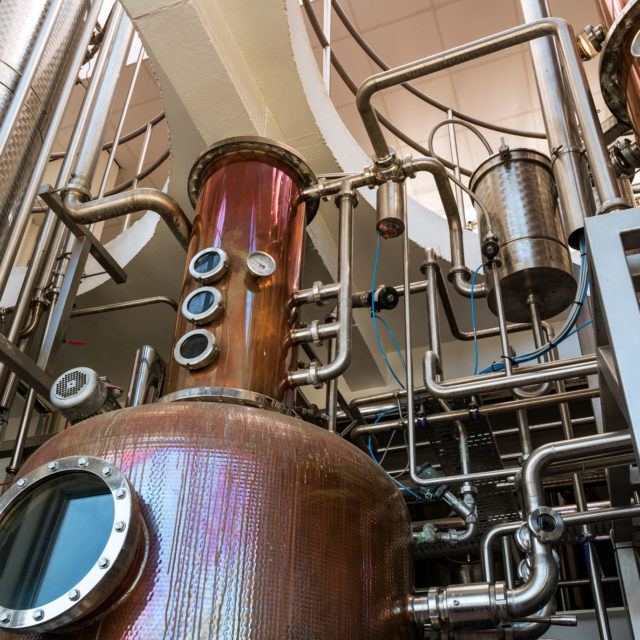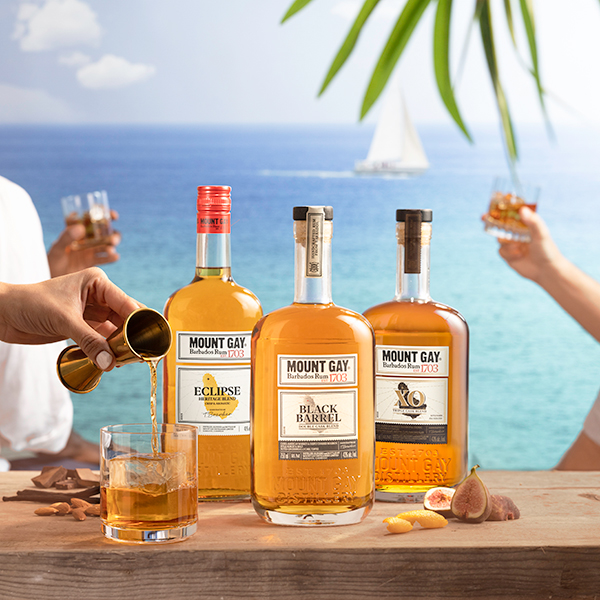Mention Scotland to spirits drinkers and you’ll hear plenty about beloved single malts, blended malts, and other great whiskies. And why not? Scotch is justly celebrated as one of the world’s greatest spirits, enjoyed around the globe and accounting for 21 percent of the value of all agricultural exports from the entire United Kingdom. But if you visit Scotland itself, you’re likely to discover a new wave of appreciation for a different distillate: artisanal Scottish gin, which has exploded in growth in the past 10 years.
The country’s artisanal gin trend kicked off with Caorunn and The Botanist around a decade ago, says Alison Higgins, brand ambassador for The Scottish Gin Society, an organization founded in 2016 to promote the spirit. “I would say it was probably 2014 or 2015 when it really started to take off and you could see this emergence off of small-batch distillers coming on and producing gin.”
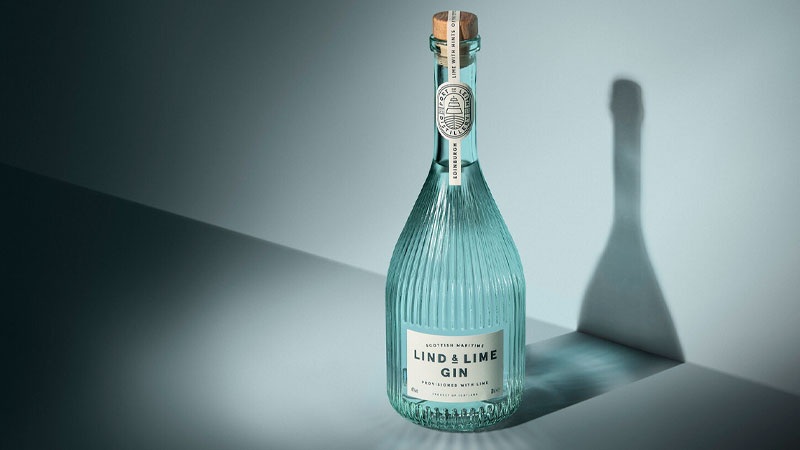
There are now about 100 distilleries producing gin in Scotland, Higgins says. As part of its push to promote these new arrivals, the society has created a gin distillery map, as well as a comprehensive listing of producers.
While many consumers may not be aware of this fact, Scotland does indeed have a gin-producing heritage. Three of the category’s biggest brands are produced in the country: Tanqueray, Hendrick’s, and Gordon’s. In fact, 70 percent of gin made in the U.K. is produced in Scotland, according to Hannah Mitchell, a sales and marketing executive at Port of Leith Distillery, which makes its own Lind & Lime gin. “That includes Gordon’s, Hendrick’s, and now over 90 independent smaller distilleries.”
Despite the difference in scale, Scotland’s artisanal gin producers are getting quite visible — at least inside the country itself. When I was traveling up Scotland’s east coast just before the pandemic struck this year, I found small-batch gins just about everywhere, including in many traditional whisky bars. Aberdeen — Scotland’s third-largest city — doesn’t have a Scotch distillery of its own, but there is at least one gin producer there: the City of Aberdeen Distillery.
So what gave rise to Scotland’s new gin movement? Higgins says it’s a perfect blend of know-how, equipment, and ingredients, often coming together at one of the country’s many whisky producers. “It makes fiscal sense for a whiskey distiller to do that,” Higgins says. “You’ve got this incredible skill set of your master distiller. You’ve got access to stills. And you’ve got this incredible water from Scotland. You’ve got this expertise and the botanical larder.”
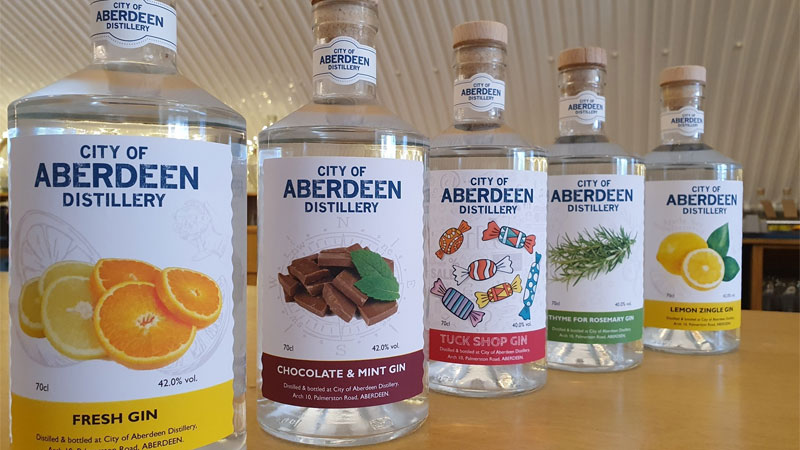
Unusual local herbs — that “botanical larder” — and other ingredients are part of the draw for distillers. The Botanist, produced by the Scotch distillery Bruichladdich, says it includes 22 botanicals that are all hand-foraged from Islay, in addition to nine more traditional aromatic ingredients. Other producers are working with other local flavors, including rowan berries, bog myrtle, and heather, which famously covers the Highlands. “These distillers are really, really pushing the boundaries of what they’re putting in gin, from seaweed to silver birch,” Higgins says. “All these incredible botanicals that are indigenous to the land here.”
Another impetus for gin? It allows distilleries to have a product for sale on a much shorter timeline than Scotland’s more famous spirit, which must be aged in oak barrels for at least three years. “A lot of the whiskey distillers are producing gin now because it’s so much quicker,” Higgins says. “So they have all this cash sitting in a bonded warehouse that they can do nothing with for years and years. Whereas you could distill gin in eight hours.”
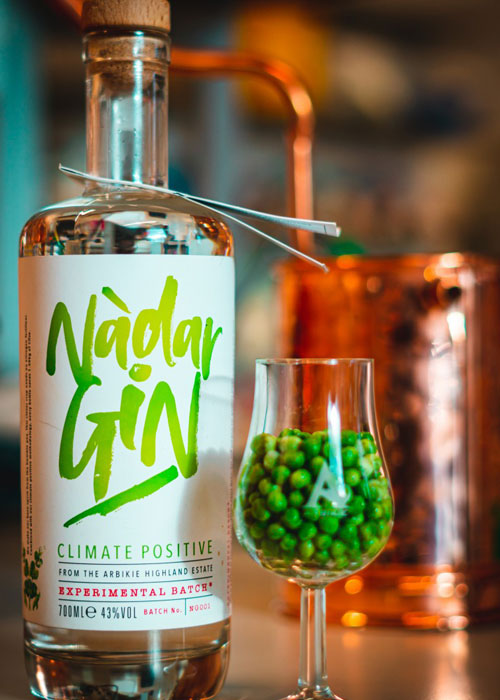
The newness of Scottish gin has led to some interesting innovations. Beyond unusual ingredients, other innovations include what is billed as the world’s first “climate-positive” gin, with a negative carbon footprint, which was released this year by Arbikie Highland Estate. Called Nàdar, the gin is made with peas grown on the estate’s farmland, which allows the farm to forego the use of nitrogen fertilizer, thus improving its environmental impact.
Although Scottish gin is enjoying a bit of a buzz locally, it might take some time before it has much renown as the country’s most famous dram. According to Mitchell, Scottish gin is still in its early days. “Scotch whisky benefits from the strict guidelines that govern its production,” Mitchell says. “Scottish gin does not have the same regulations, so therefore I don’t think it has the same reputation — yet.”
